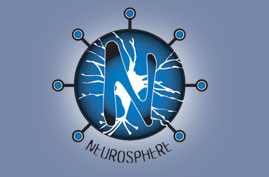Subconscious of the Blogosphere
The World Right Now
Another glimpse of the global train of thought. A little skewed by the source being bloggers only – the number one ranking as I type this is a site about technical solutions for RSS feeds used by many blogs – but I suppose true for Google zeitgeist as much as any other – all of them a subset of a global mind, until one gets used by 100% of all the 6.5 billion users…
http://www.bloglines.com/toplinks
Tip of the NeuroHat to Ben Houston
